- Joined
- Nov 17, 2013
- Messages
- 2,560
I sent my 13.3ct cuprian tourmaline (from Mozambique) to GIA for certification, and I just got the results. Surprisingly (in a good way), the stone was not heated. Surpringly (in a not-so-good way), the stone was clarity enhanced. I've looked into it and it seems that many cuprian/paraiba tourmalines are now filled like most emeralds. I know this affects the value, but the stone has to have some value anyway. What do you think would be a fair price for this stone? The stone and report are being returned to me now, and it's not yet available on the GIA site. Here are a couple of screen shots of the PDF of the report, and my pictures of it.
In case the images of the cert don't show up, here are the stats (the italicized comments are mine):
DETAILS:
Shape: Cushion (though I think it's an oval)
Cutting Style (crown): Brilliant Cut
Cutting Style (pavilion): Step Cut
Transparency: Transparent
Color: Blue-Green
RESULTS:
Species: Tourmaline
Geographic Origin: Not Requested (it's Mozambique)
TREATMENT:
Clarity Enhanced
Item Description: One loose stone
Weight: 13.30 carats
Measurements: 17.45 x 13.71 x 8.36 mm
Comments: This copper and manganese bearing tourmaline may be called "paraiba tourmaline" in the trade. The name "paraiba" comes from the Brazilian locality where this gem was first mined, however today it may come from several localities.
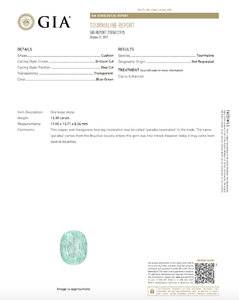
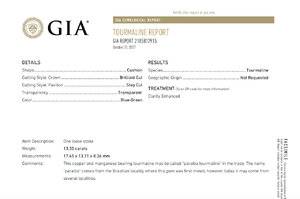
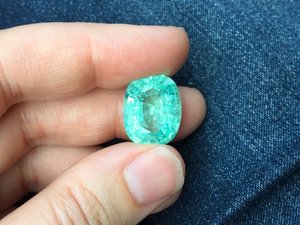
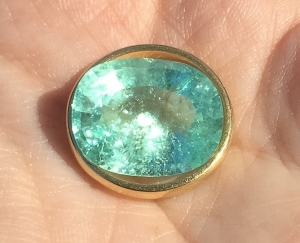
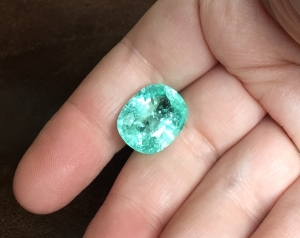
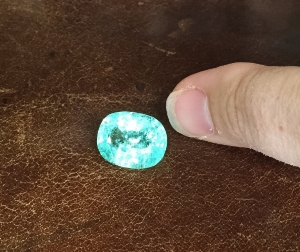
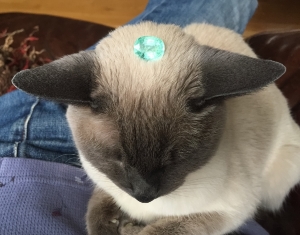
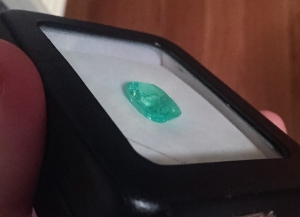
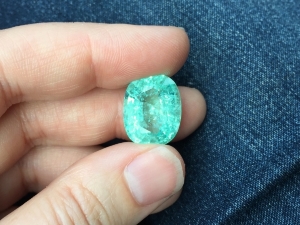
In case the images of the cert don't show up, here are the stats (the italicized comments are mine):
DETAILS:
Shape: Cushion (though I think it's an oval)
Cutting Style (crown): Brilliant Cut
Cutting Style (pavilion): Step Cut
Transparency: Transparent
Color: Blue-Green
RESULTS:
Species: Tourmaline
Geographic Origin: Not Requested (it's Mozambique)
TREATMENT:
Clarity Enhanced
Item Description: One loose stone
Weight: 13.30 carats
Measurements: 17.45 x 13.71 x 8.36 mm
Comments: This copper and manganese bearing tourmaline may be called "paraiba tourmaline" in the trade. The name "paraiba" comes from the Brazilian locality where this gem was first mined, however today it may come from several localities.











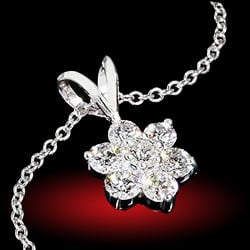
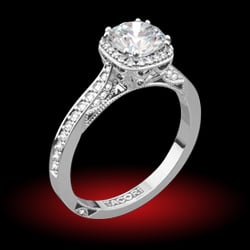
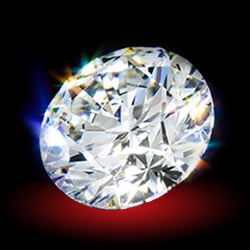


300x240.png)